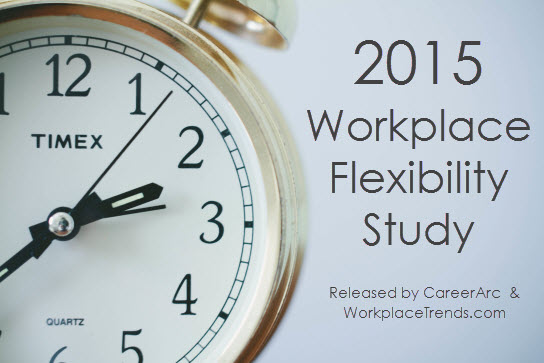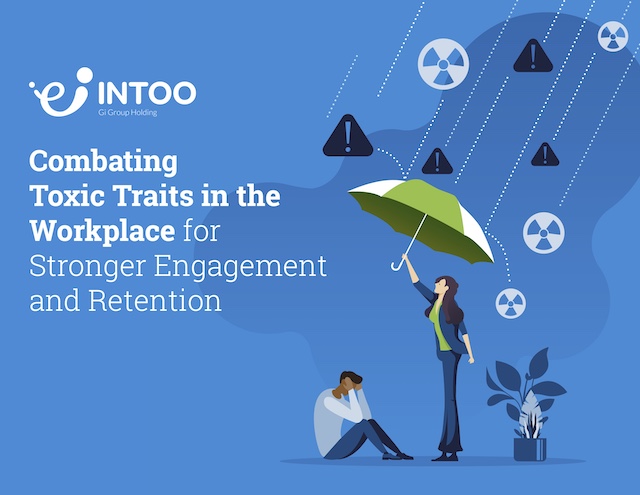CareerArc and Intoo’s 2015 Workplace Flexibility Study reveals the types of workplace benefits organizations invest in and how these programs influence job seekers and employee retention. The study also uncovered a powerful disparity in employer and employee views of work-life balance:
While 67% of employers feel workers have work-life balance, 45% of employees disagree.
Is this overestimation of employees’ work-life satisfaction hurting organizations? We also found that companies’ estimation of employee work-life balance wasn’t the only area where employees and employers failed to see eye-to-eye.
| 1. |
Workplace flexibility is more important to employees than employers think. |
| While 75% of employees (and 74% of those unemployed) ranked workplace flexibility as the top benefit, only 50% of employers ranked workplace flexibility as the most important benefit. | |
| 2. |
Employees care most about compensation yet employers think otherwise. |
| Though 31% of employees (24% of job seekers) reported that the money they earn is most important, followed by the type of the work they do, 37% of employers think the type of work is most important to their employees, and the money they make is secondary (24%). | |
| 3. |
Job seekers prefer companies that offer outplacement services; however, only about a third of companies surveyed provided outplacement. |
| 71% of job seekers indicated that they were likely to choose a company that offered outplacement—career coaching and transition services for laid-off employees—over a company that did not if all else (salary, role, and so forth) was equal. However, only 34% of the organizations surveyed with 500+ employees offered outplacement assistance. Outplacement presents a large opportunity for employers to strengthen their employment brand. Read more results from the study conducted by CareerArc and Intoo USA. | |
Additional Resources
The Real ROI for Employee Wellness Programs
Greater employee productivity could far outpace health care savings.
Science Confirms That Being Unemployed Actually Changes Your Personality
Over time, unemployed men and women saw decreases in their levels of agreeableness, openness, and conscientiousness—likely impacting the ability to land a job.
Why Managers & Employees Have Wildly Different Ideas About Work-Life Balance
Fast Company discusses the findings of our 2015 Workplace Flexibility Study and adds more viewpoints to the discussion.











